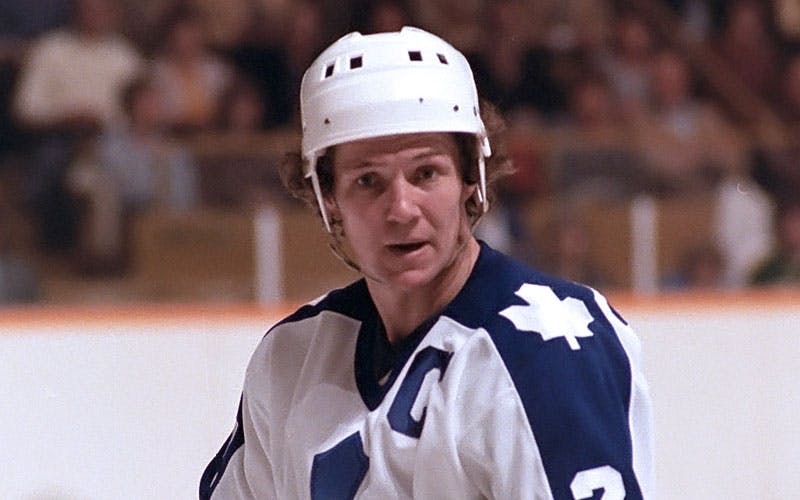Worst Leafs Trades Since 1967 Countdown – No. 3: Punch Imlach pushes Darryl Sittler out the door
Breaking News
- Auston Matthews calls Hurricanes’ Jaccob Slavin the best defensive defenceman in the NHL
- NHL betting preview (Feb. 22): Hurricanes vs. Maple Leafs odds
- Matthews, Marner back for Leafs, Stolarz to start vs. Hurricanes, Pacioretty, Dewar ruled out
- TLN’s February Maple Leafs prospect rankings: 5-1
- Why the Leafs should take a run at signing Charles-Edouard D’Astous
